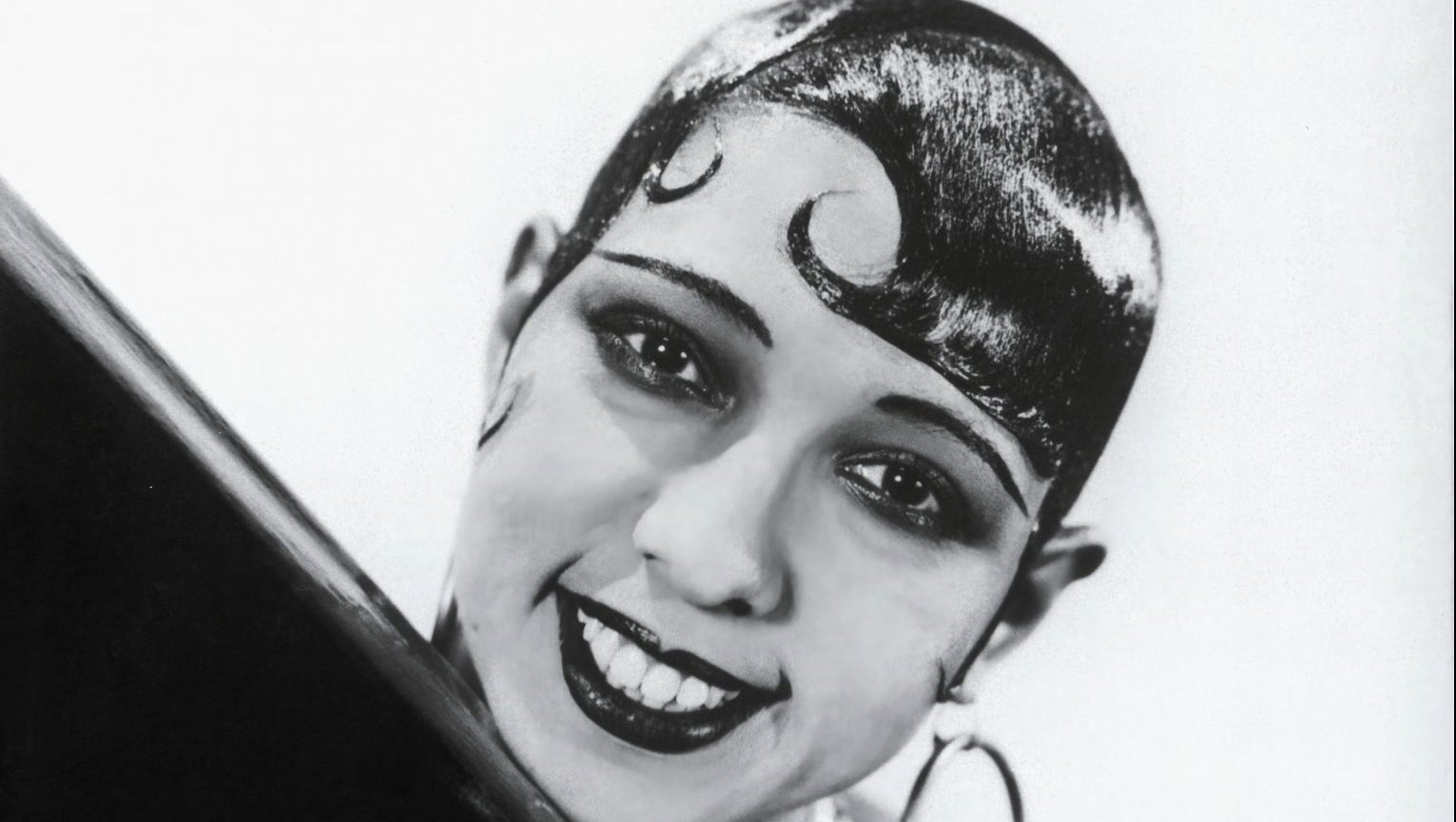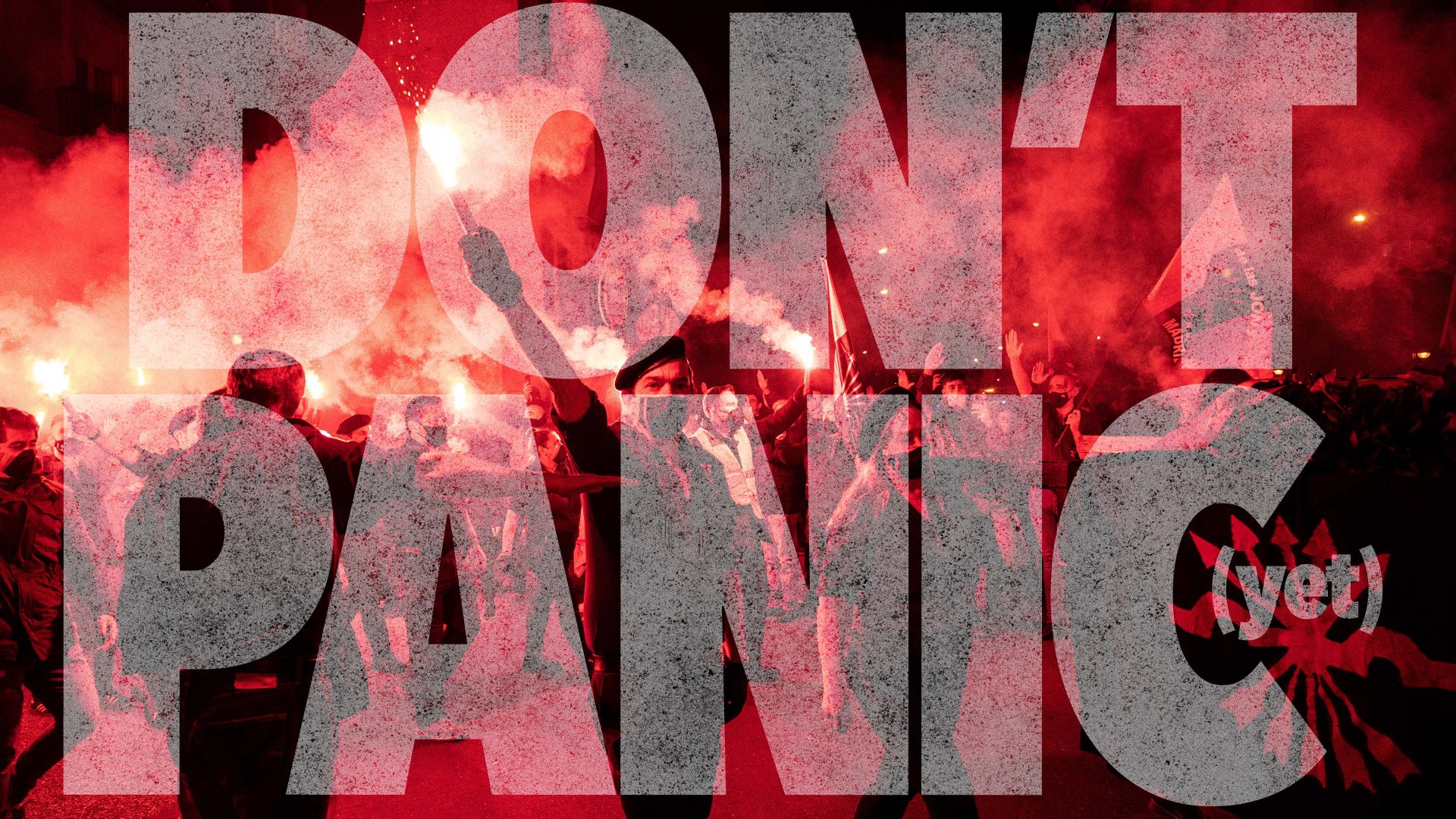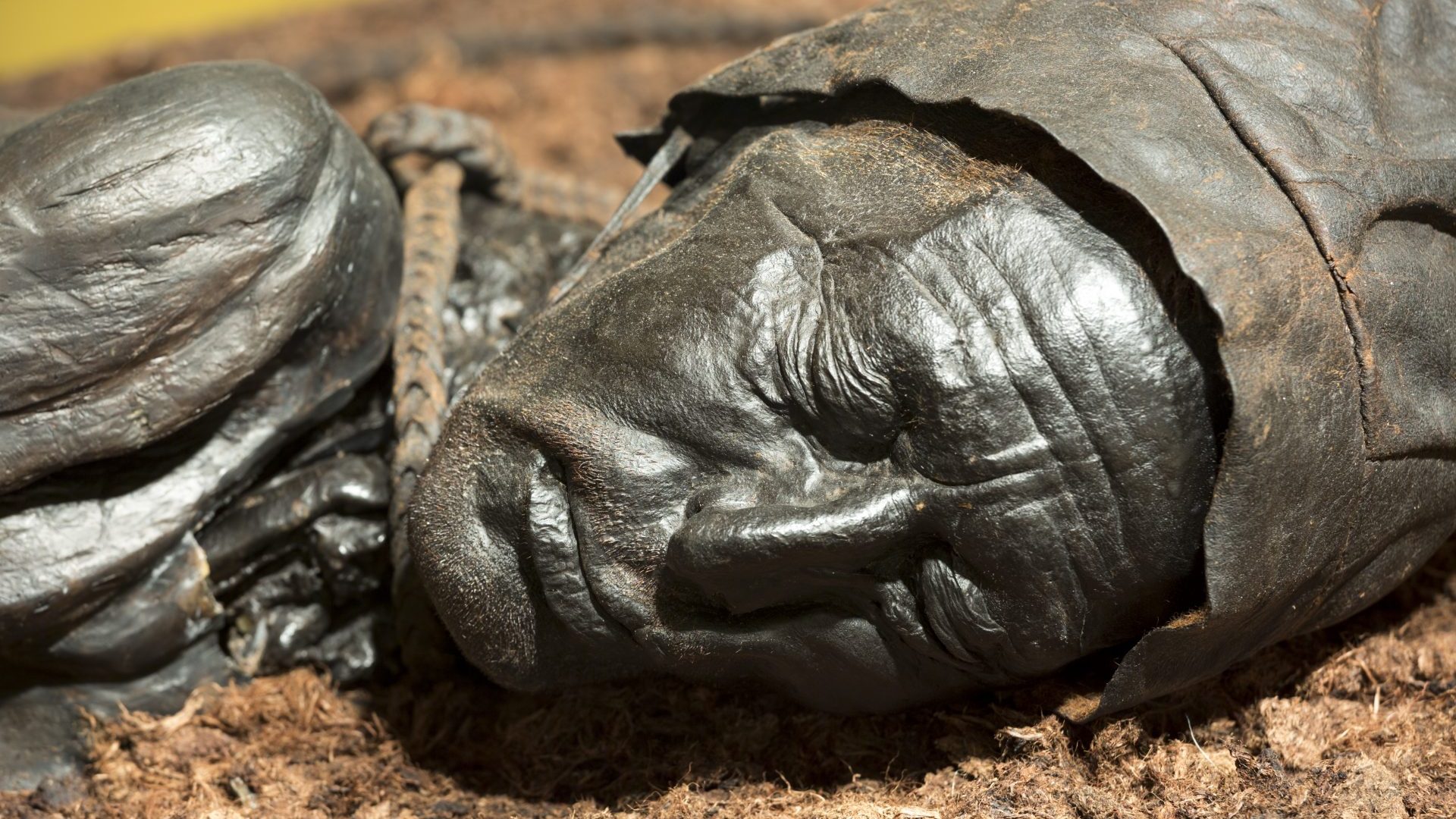The four words on the wall at Berlin’s Neue Nationalgalerie wouldn’t be out of place on a film poster. Here, in the most sober of German art institutions – with its survey of 20th-century angst – they feel radical in their blockbuster swagger.
But even a summary as dramatic, as evocative as “Dancer, actress, soldier, spy” feels insufficient when it refers to Josephine Baker, a figure who tried on identities like a model in a changing room.
The title of the museum’s small but intriguing new exhibition – Icon in Motion – alludes not only to the physicality of her act – most famously at the Folies Bergère in Paris during the 1920s and 1930s – during the interwar years, but also the social kinesis that she would come to represent over the subsequent decades.
Even by the topsy-turvy standards of the 20th century, Baker’s journey was implausible. She was born Freda Josephine McDonald in 1906 in St Louis, Missouri, at the height of segregation and into predictably awful circumstances. Her mother, Carrie, was a laundress; her father’s identity remains unknown. By eight, Josephine was working as a cleaner, by 13 she was married to the first of her four husbands (the name Baker came from the second).
Dancing – first locally, then in Harlem on Broadway, and finally in Europe – was her ticket to another life, or lives. In her own words, she was the “girl who left St Louis to come to Europe to find freedom”. By the whims of circumstance and her strength of character, she became a French national hero.
In addition to the incarnations listed on the museum wall, she was a businesswoman, civil rights activist, mother to 12 adopted children, and a social trailblazer who, confusingly, played to both sexual and ethnic stereotypes: the press nicknamed her, among other things, the “Bronze Venus” and the “Creole Goddess”. In La Revue Nègre, the musical showcase that became a sensation at the Folies Bergère and other venues, she came on stage naked but for a well-positioned pink flamingo feather.
Baker’s dancing style was a frenzy – equal parts kung-fu and comedy – not as elegant as Fred and Ginger, but considerably more athletic and avant-garde. Her legs machine-gunned zigzag rhythms, her arms darted around like a conductor, and her bottom and hips provided the shocks.
Performing her infamous, hilariously pneumatic, “banana dance” – or “Danse Sauvage” – at the Folies Bergère was the zenith of this outrageousness: wearing a tutu of artificial bananas she gyrated in a fashion that even Beyoncé might consider a grind too far. And then there were her cartoonish expressions: Baker punctuated her routines with cross-eyed gurns.
As she aged, dancing gave way to singing. She performed in the key of Piaf but with a warmer, softer edge. And there were further transformations. Baker became naturalised French in 1937 and fought for La Résistance during the second world war, fixing her in the popular imagination as a Marianne for the modern age.
“When the Nazis seized her adopted city, Paris, she was banned from the stage, along with all ‘negroes and Jews’,” explains author Damien Lewis in Agent Josephine. “Yet instead of returning to America she vowed to stay and to fight the Nazi evil. Overnight she went from performer to resistance spy.”
Something of a cocktail-party spy, Baker would pick up bits of information from German officers and report back (writing messages on her scores in invisible ink).
When she died in 1975, some 20,000 mourners attended her funeral in Paris. Her reputation was immortalised in 2021, when she became the first black woman to be honoured with a place in the Panthéon, elevating her to the status of Voltaire and Zola. Her biography really was as rich as her rumba.
The Neue Nationalgalerie exhibition recalls the events of almost a century ago, when Baker stepped out in front of audiences of Berliners at the Nelson Theater and the Metropol-Theater and caused something of a stir. Quite an achievement in Weimar-era Berlin.
But, as the museum’s director Klaus Biesenbach notes, Baker’s legacy in Germany is markedly different to the one she enjoyed in France. “She fought with the French army against German totalitarianism, she was celebrated in Paris and, at some point, forbidden in Berlin.”
The exhibition has a particular focus on Baker’s film work, a section curated by the film historian Terri Francis. It is an odd approach, as film was, arguably, one of the less significant aspects of her career. Also, a gallery is perhaps not the best space to present film: viewers shuffle by screens as snippets play on loops.
Biesenbach has also collaborated with the American artist Kandis Williams, whose interests include racial issues and critical theory, to create a Gesamtkunstwerk through historical photography and biographical displays.
The most engaging part of the exhibition is the fascinating array of artworks that treat Baker as a muse. It seems that the “primitive-to-Parisienne” narrative, finely tuned on stage and screen, proved magnetic to many 20th-century masters. One was more than a fan. Perhaps the most personal item on view is Le Corbusier’s tender line drawing from 1929 of Baker asleep: her face is framed by blankets like a rare egg in cotton wool. The Modernist architect and the singer had a short-lived ocean-going fling on a liner sailing from South America to Europe.
And she was honoured in many mediums. Alexander Calder bent and twisted steel wire into an approximation of Josephine on stage (some clever spotlighting delivers its shadow lines on the gallery walls). We also find her dancing in nickel plate in an Art Deco statuette by Karl Hagenauer and découpaged by Henri Matisse in La Négresse, a paper and gouache piece that the artist once pinned on the wall of his Nice apartment.
Silver gelatin portraits of Baker by leading French and German photographers of the 1920s and 1930s – including George Hoyningen-Huene and Madame d’Ora – underscore her public image of the erotic entertainer. Wolff von Gudenberg shot her toying with her phallic fruit and Karl Vollmoeller produced candid nudes that wouldn’t look out of place in a vintage peepshow.
Vogue declared that Baker “brilliantly manipulated the white male imagination,” which feels like an overly optimistic reading of the situation. She played the game; but it was on her own terms. Even in the mid-1920s, during photoshoots that required her to strip, she also posed as a nun or Madonna. And, as her career developed, so did her autonomy.
While researching the exhibition, Biesenbach was surprised at the impact Baker had on artists during her lifetime. And, he adds, the influence continues today in the activities of contemporary artists who are now “pushing the envelope” in areas where she was once a pioneer.
In interviews given in later life, a financially difficult period during the 1960s and 1970s, Baker still remained in control, charming, flirtatious even. Her cool confidence – she often talked about herself in the third person – could be seen as a mid-Atlantic exercise in self-mythology.
Reappraising Baker’s life and work feels particularly timely; touching as they do on issues of gender, race and sexuality, aspects that Biesenbach acknowledges are complex to address for a contemporary audience. “How do you better, more appropriately describe a person, a woman of colour? I think the exhibition tries to find thoughtful images and words to show that there is still room to improve.”
Shown alongside period artefacts – billposters, programmes, records and postcards, even her wartime Secret Service file – are several more recent artworks inspired by Baker. These contemporary echoes include Simone Yvette Leigh’s Slipcover, a cabinet of multi-coloured porcelain bananas, and Faith Ringgold’s kaleidoscopic Jo Baker’s Birthday, a painted quilt sewn in 1993.
There is no denying that Baker remains a touchstone for conversations about race and representation. The British singer FKA twigs, who has a white English mother and black Jamaican father, was recently embroiled in a controversy over a Calvin Klein photoshoot in which she appeared half-naked. “I am proud of my physicality and hold the art I create with my vessel to the standards of women like Josephine Baker,” the singer noted, insisting that the performer “broke down barriers of what it looks like to be empowered”.
Walking through the Neue Nationalgalerie, one can’t help but sense that Baker was – and remains – identity-defying, as shape-shifting in her personality as she was on the stage. “I don’t lie,” she once remarked. “I improve on life.”
Josephine Baker: Icon in Motion is at Neue Nationalgalerie until April 28



